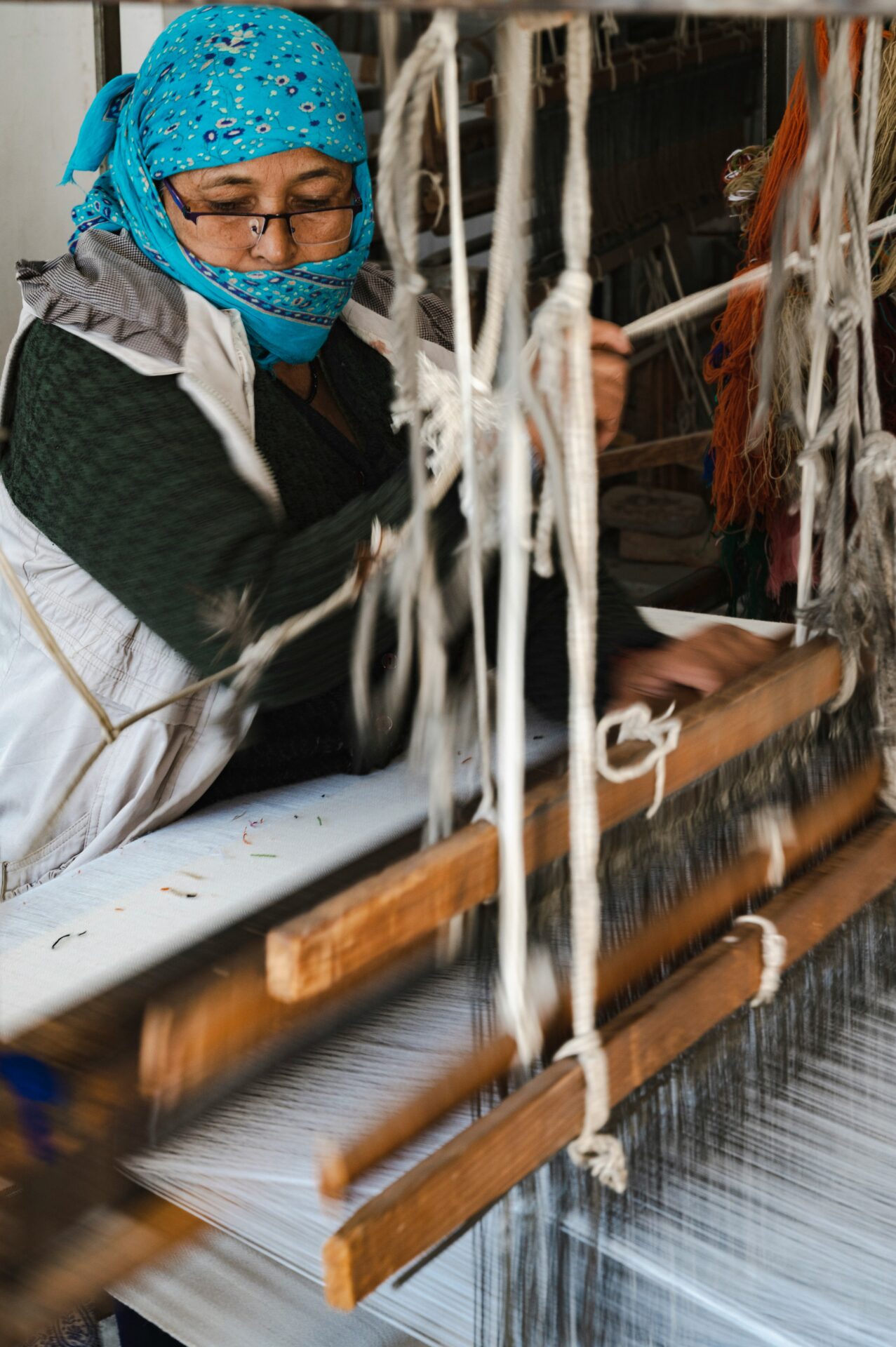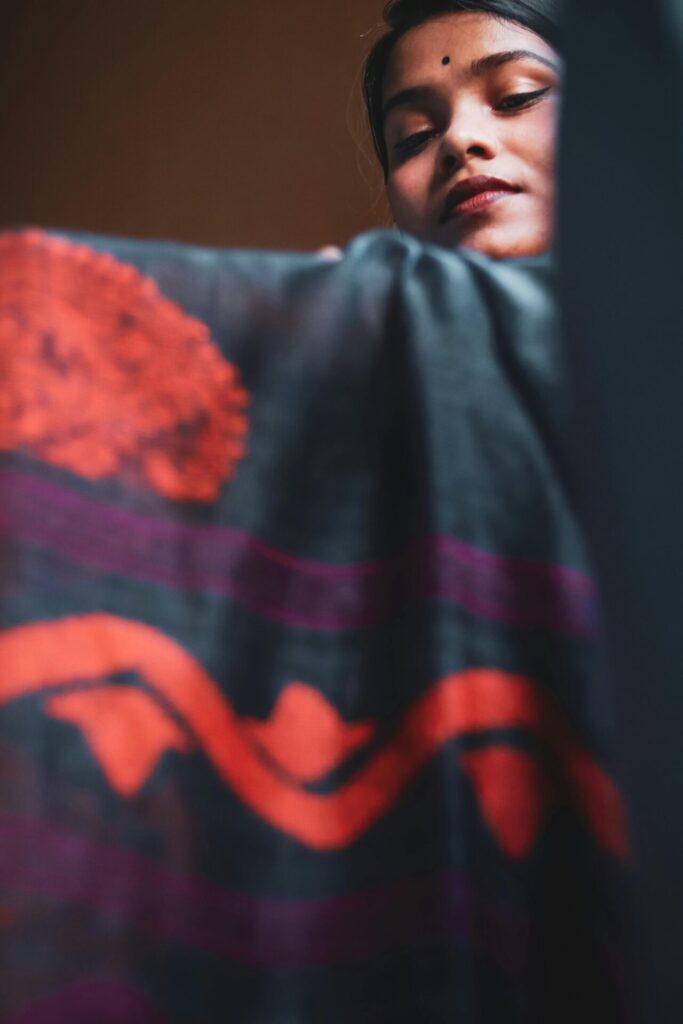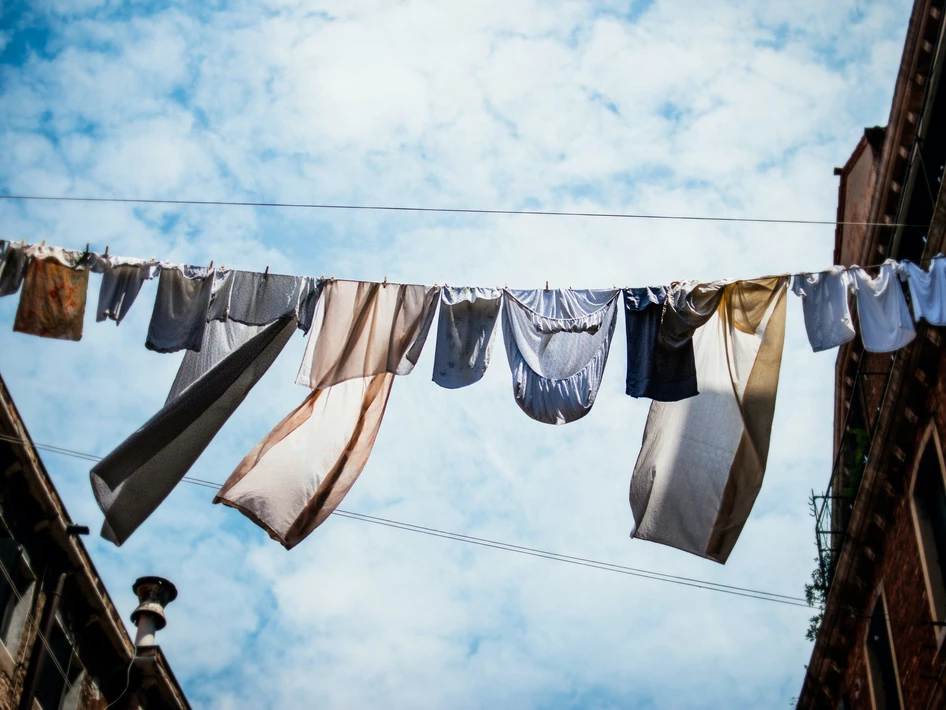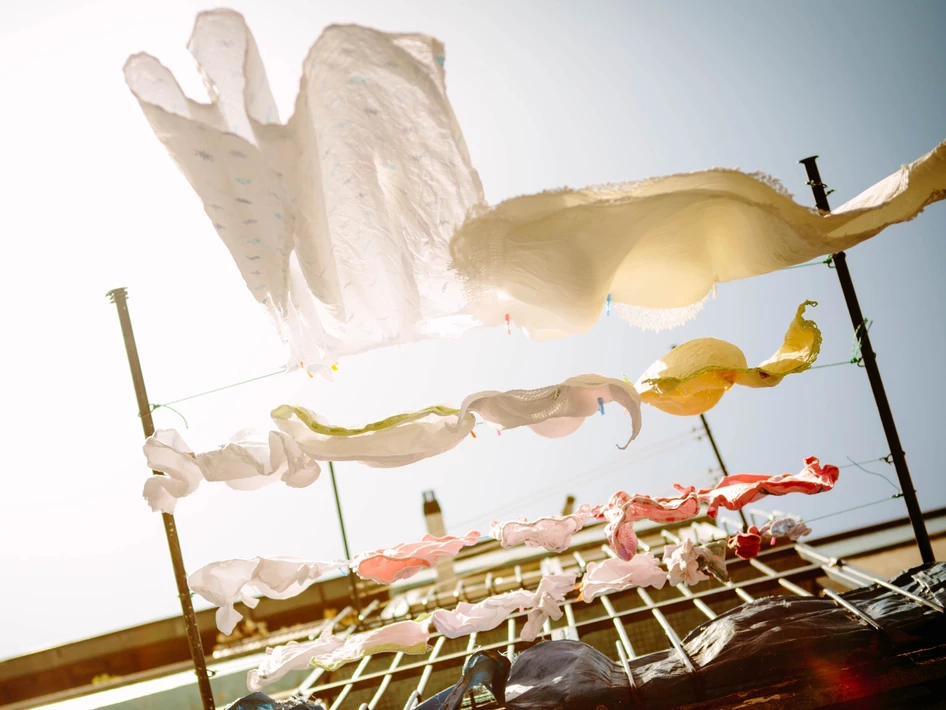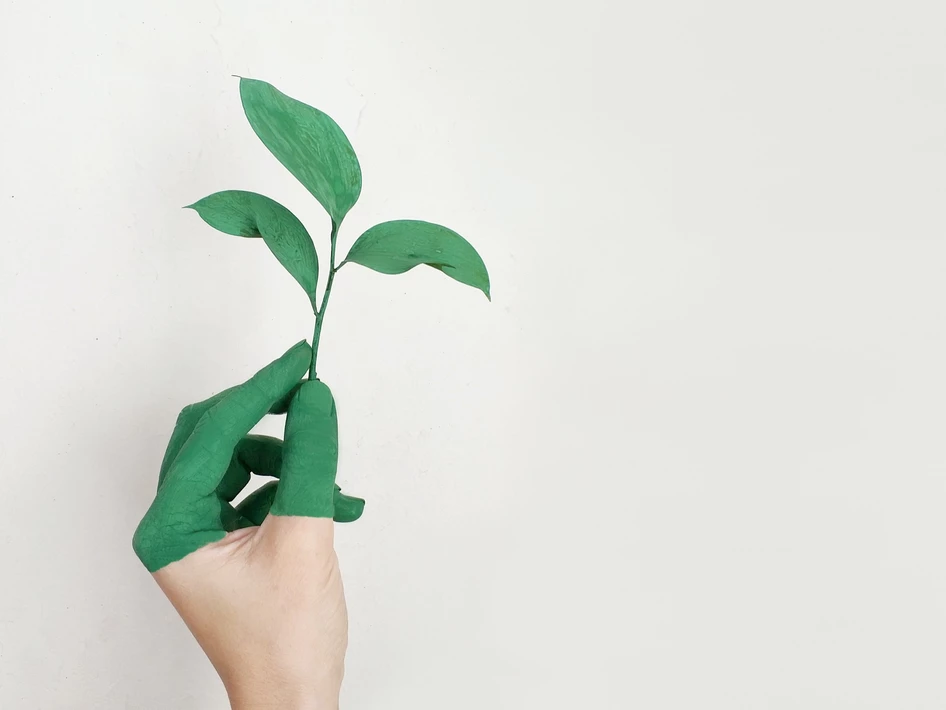Are you tired of the usual fast fashion brands you’ve been buying from?
Are you looking for sustainable options?
Maybe… buying homegrown?
Great idea!, Buying homegrown is not only a green flag for the planet, but could also be a breath of fresh air if you’re still trying to figure out your style, for the plethora of options it offers you! Here’s what’s so great about homegrown fashion brands.
They are a celebration of local talent.
Homegrown fashion brands often incorporate the diverse crafts of our country into their designs. Most of these brands work directly with artisans or with supporting organizations that advocate for artisan rights. By employing a smaller group of people, who are mostly working in their in-house manufacturing facilities, they offer a more personalized approach to people involved in the making of the clothes. This translates into a more transparent supply chain, and an easier system to regulate the working conditions and the remuneration received by the employees.
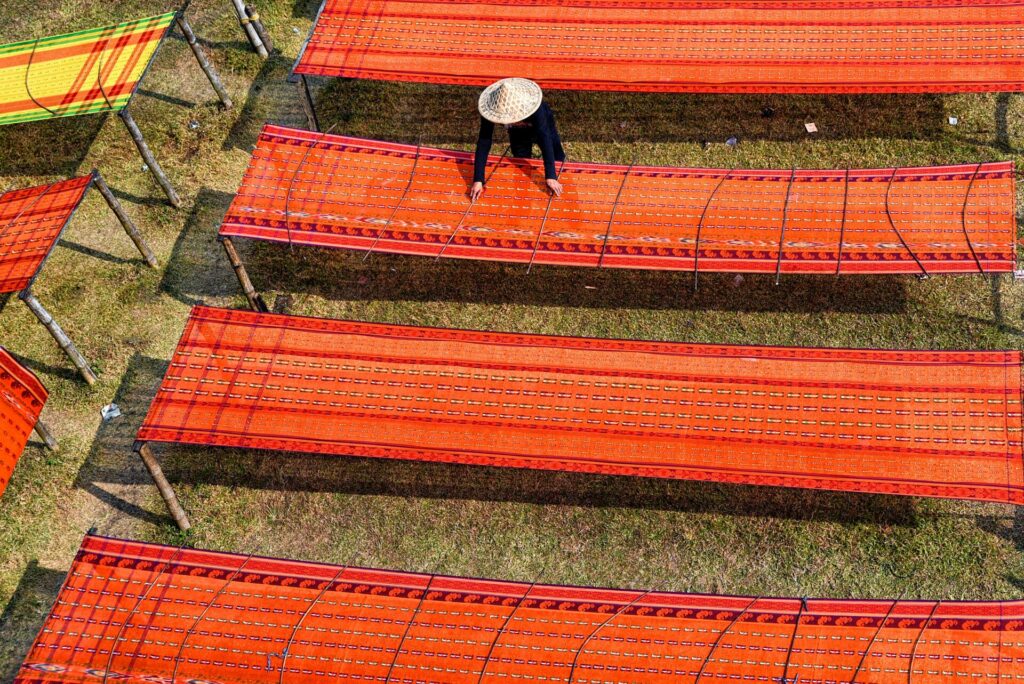
They leave a smaller carbon footprint.
Most homegrown fashion brands manufacture as per demand and do not produce a massive collection. Their production cycles are smaller, and hence reduce chances of deadstock that could potentially end up in landfill. Moreover, these brands source materials locally, minimizing the carbon emissions from transporting materials.
They use planet-friendly materials.
Far too many homegrown fashion brands are now working with new-age materials such as hemp, bamboo and Econyl. They are also embracing handloom and desi fabrics such as Kala cotton and Kandu (brown) cotton. Apart from the fabrics, these brands are also using natural dyeing methods, such as vegetables and flower waste, which lowers the water contamination caused by the dyeing industry. These natural materials and dyes are more versatile and durable as well as safer for our skin and overall health, besides also being safer for those who work with these fabrics to make our garments..

They are keen to adopt zero-waste, circular practices.
Most homegrown fashion brands are actively embracing upcycling in their design and merchandise. Brands like Doodlage and Upkriti collect pre- and post-consumer waste fabric and upcycle it. Some of them, like Bunko Junko collect katrans leftover from manufacturing to design new clothes. Brands like Lafaani are using the leftover fabrics from their own collections to make catchy accessories.
They are more customer-centric.
Homegrown fashion brands have a better local purview that allows them to beter understand the needs of the average Indian consumer and aim at solving exactly those problems. For instance, many of these brands have an inclusive size range and a more dynamic design to keep up with the requirements of different body shapes. The great thing is, many of them are also.
